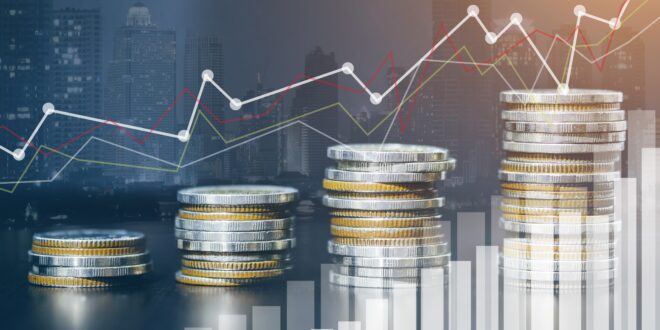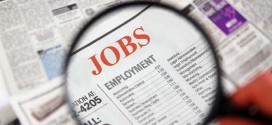In 2024, economic growth withstood inflation, high interest rates and other global challenges and should continue to show strength in 2025, says National Retail Federation chief economist Jack Kleinhenz.
“The U.S. economy ended 2024 on a high note and the outlook looks promising for 2025,” Kleinhenz says. “Recent performance shows the economy is on solid footing and has been growing at a steady pace and above its historical average. The labor market is healthy, unemployment is low, inflation has fallen almost to the Federal Reserve’s target even though it remains somewhat sticky and the direction of interest rates remains lower.”
Kleinhenz expects to see healthy economic growth throughout the new year but will be watching multiple factors that could change the outlook including trade, immigration regulation, tax and spending policies and their impact on economic activity.
“The past year was marked in large measure by the impressive resiliency of the consumer and a sturdy labor market with consumer spending supported by low unemployment and wage gains that outpaced inflation even as employers slowed hiring,” Kleinhenz says.
Year-over-year inflation as measured by the Personal Consumption Expenditures Price Index followed by the Federal Reserve fell to 2.4% year over year as of November 2024.
Consumer spending on both goods and services grew 5.5% year over year in November and December combined, while disposable personal income increased 5.2%.
Core retail sales, which excludes automobile dealers, gas stations and restaurants, were up 4% year over year. Spending is expected to be on track with the NRF’s projection.
There was a disconnect between strong consumer spending and weak consumer confidence throughout 2024, with shoppers still concerned about high prices even though most inflation is now in services rather than goods.
Following a quarter-point reduction in interest rates in December, the Fed is attempting to lower inflation and are expected to lower rates by half a point in 2025.
 Hardware Retailing The Industry's Source for Insights and Information
Hardware Retailing The Industry's Source for Insights and Information






